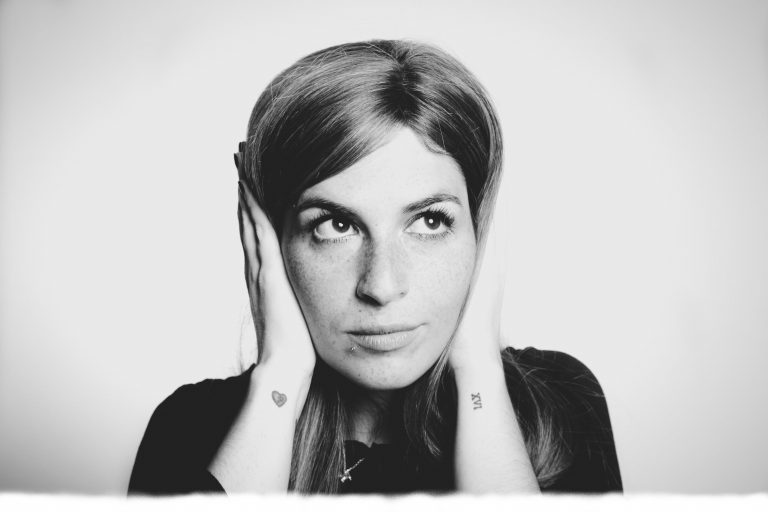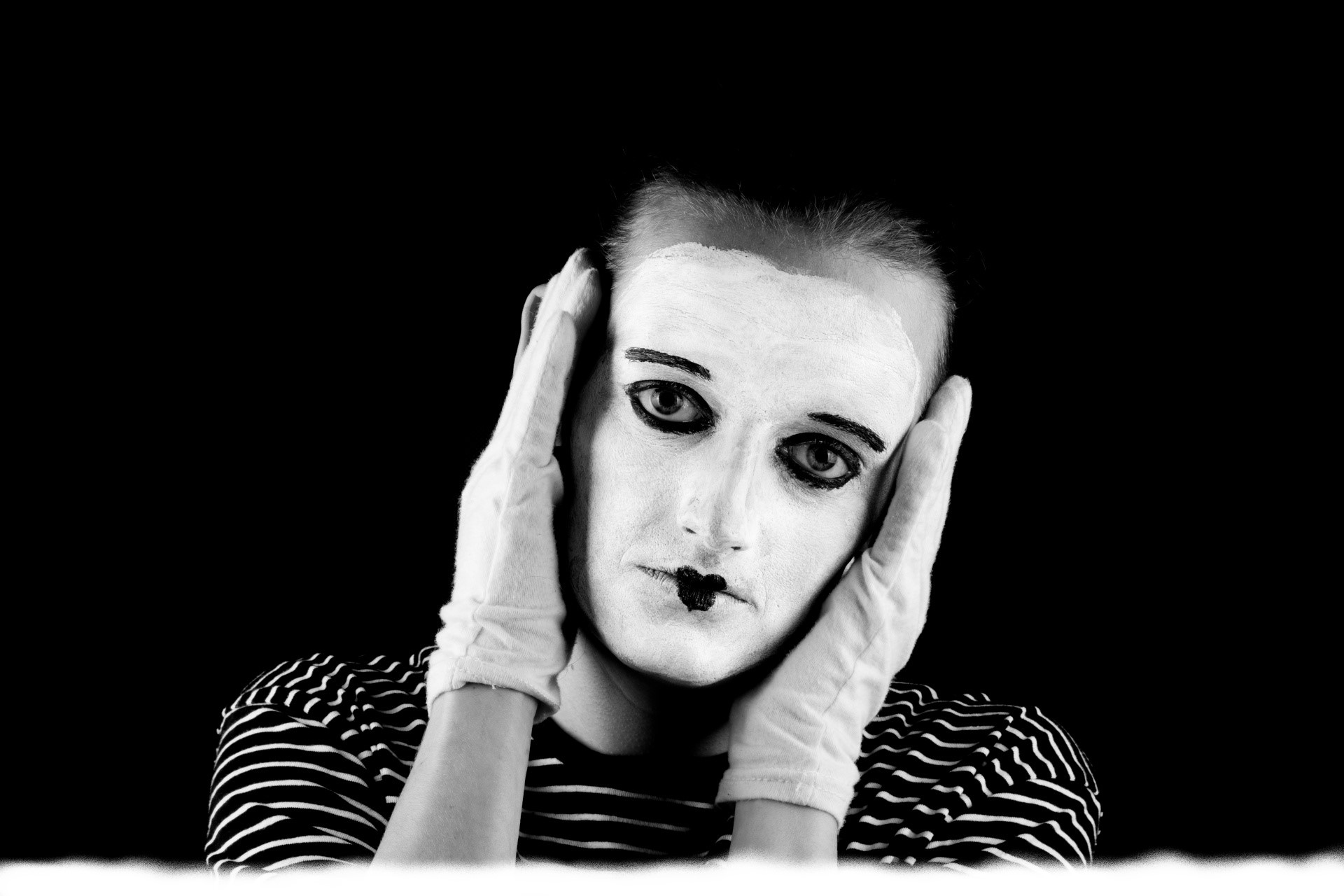Critically Endangered: Silence

23 September 2019 | Theme: Quiet | 5-Minute Read | Listen
According to sound activist Gordon Hempton, “Silence is on the verge of extinction.”
As I sit at my favorite bakery, sipping my tea and writing this article, I tend to agree. I hear the espresso machine whirring, the background music softly playing, the door slamming, other diners conversing, dishes clanking, and a delivery truck rumbling outside. The sound level, which I am able to tune out for the most part, is “moderate,” according to my new app.
I learned of the app SoundPrint as I was researching for this article. Created by a man who suffers from hearing loss and tinnitus (I’ll be writing about that in my next article), the app allows users to measure the decibel levels in public places and submit them so that all followers have the information. Users who wish to search for a quiet place to dine can refer to the app to determine the average sound level measured at various venues. What a great use of technology! I can see the app being useful not only to people with hearing loss, but also to people with autism, highly sensitive people, and introverts.
I immediately downloaded the app and began using it. The measurement on movie previews didn’t surprise me: an average of 86 decibels, with peaks as high as 96 decibels. According to DangerousDecibels.org, sounds at 85 decibels or greater can cause permanent hearing loss, so those previews are more than merely annoyingly loud—they put the health of our hearing at risk. I didn’t get a reading on a few of the worst percussive sounds, but some of the noises on the screen certainly seemed as loud and sharp as a gunshot; according to audiologist Brenda Alred, even a single gunshot can cause irreparable hearing damage.
To clarify, decibel measurements can be hard to wrap your mind around because they are logarithmic. A 100-decibel sound isn’t twice as loud as a 50-decibel one—it’s a hundred thousand times as intense. When we see decibel readings jump ten points, then, it is a significant increase. Even “moderate” levels of sound, though, can, with repeated exposure, cause damage to hearing and other health risks.
It seems as if many public spaces are designed to be loud. Restaurants are notorious for creating noisy atmospheres because, as one restaurant critic told Julia Belluz, “You’re looking to create buzz or energy in dining rooms. No one wants to walk into a mausoleum.” Yet many times, the noise level in restaurants precludes any sort of conversation at all, and the experience is more about enduring uncomfortable sound levels rather than enjoying the meal or dinner companions.
Even places where we expect a reprieve from so much sound can be startlingly loud. I was surprised to measure another space at the same level as the movie previews: the foyer of my church after a service. As people greeted and hugged one another, the level of their voices began to crescendo until I could hear my friend only if she spoke directly into my ear. Although there was no background music causing people to speak loudly, the acoustics of the space—low ceiling and brick flooring—created a setting for ever-increasing volume that reached 86 decibels at times.
The noise we create causes human suffering in the form of various ailments—diabetes, heart disease, high blood pressure, sleeping problems, birth-related problems, and difficulty concentrating, to name a few. Studies have shown that people who live in noisy cities have reduced longevity. David Owen quotes Les Blomberg, founder of the Noise Pollution Clearinghouse, as saying, “What we’re doing to our soundscape is littering it. It’s aural litter—acoustical litter—and, if you could see what you hear, it would look like piles and piles of McDonald’s wrappers, just thrown out the window as we go driving down the road.”
This man-made pollution of the soundscape has dire effects for other living creatures as well. Studies has shown increased levels of stress hormones in whale excrement when they are exposed to excessive noise from ships. Underwater sound pollution can interfere with marine creatures’ feeding, mating, and communication. Birds’ migratory patterns are altered by incessant noise, and some birds have failed to gain the weight they needed prior to migration when they were exposed to excessive simulated traffic noise.
While it is essential to find ways of reducing our own exposure to noise—using the SoundPrint app, taking “sound breaks” to give our ears time to recover, and wearing hearing protection—that isn’t really enough. We need to reduce our noise print as surely as we need to reduce our carbon footprint for the health of all living creatures.
I encourage you, Dear Reader, to follow up by reading/listening to the resources below. Download the SoundPrint app and use it as a tool to encourage restauranteurs and others to reduce their sound levels. When possible, ask to have the music volume turned down. You, like Gordon Hempton, can become a “sound activist.” As Hempton stated, “And now I think we’re realizing quiet is important, and we need silence; that silence is not a luxury, but it’s essential. It’s essential to our quality of life and being able just to think straight.”
Until next time,

Resources
Alred, Brenda, Au.D. Personal interview. 22 September 2019.
Belluz, Julia. “Why Restaurants Became So Loud—And How to Fight Back.” Vox, 27 July 2018. https://www.vox.com/2018/4/18/17168504/restaurants-noise-levels-loud-decibels
Fink, Daniel, MD. “Do We Hear Too Much Noise Every Day? The Answer Might Be Yes.” The Quiet Coalition, 27 February 2017. https://thequietcoalition.org/hear-much-noise-every-day-answer-might-yes/
Hempton, Gordon. “Silence and the Presence of Everything.” On Being Podcast with Krista Tippett. 29 August 2019. https://onbeing.org/programs/gordon-hempton-silence-and-the-presence-of-everything/
Owen, David. “Is Noise Pollution the Next Big Public-Health Crisis?” The New Yorker, 6 May 2019. https://www.newyorker.com/magazine/2019/05/13/is-noise-pollution-the-next-big-public-health-crisis
If you enjoyed this article,
please share on social media!
NEXT ARTICLE

It’s All In My Head
26 September 2019 | Theme: Quiet | 9-Minute Read